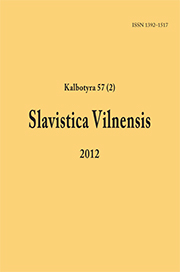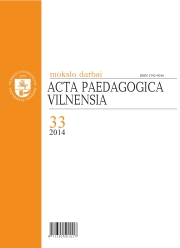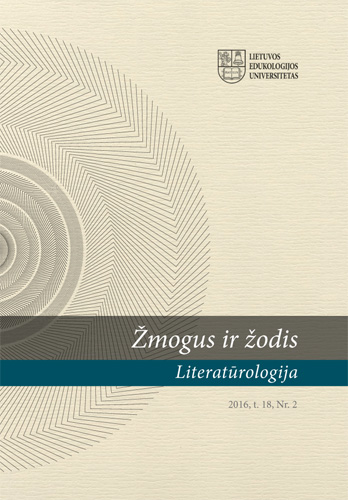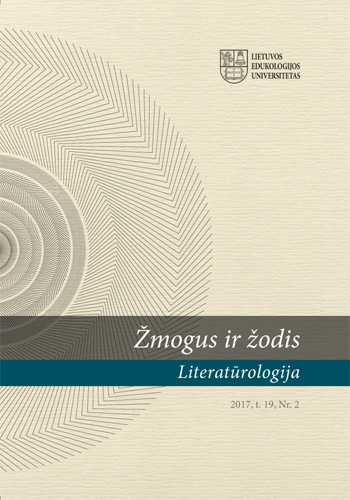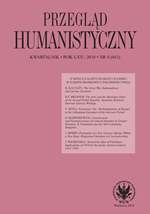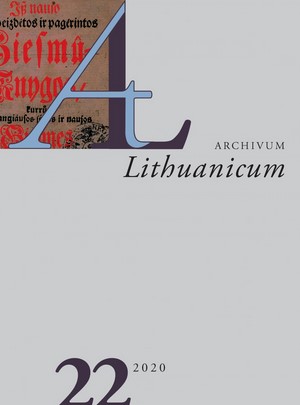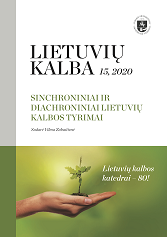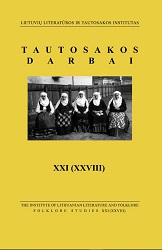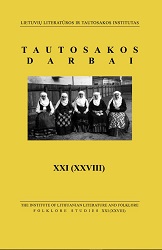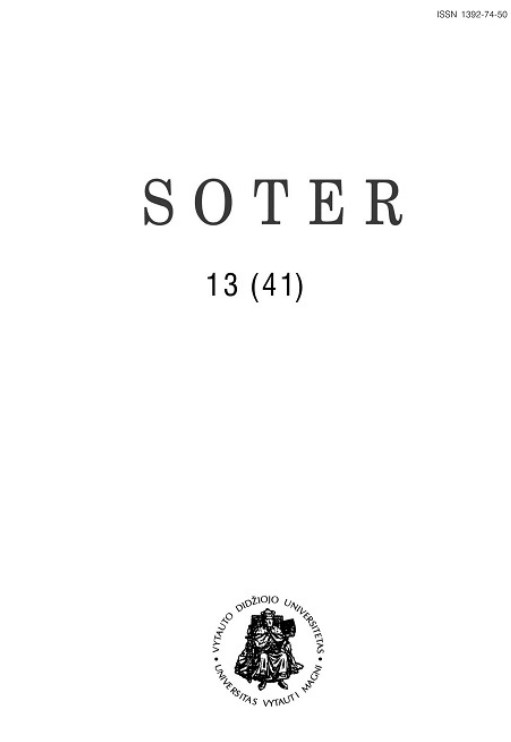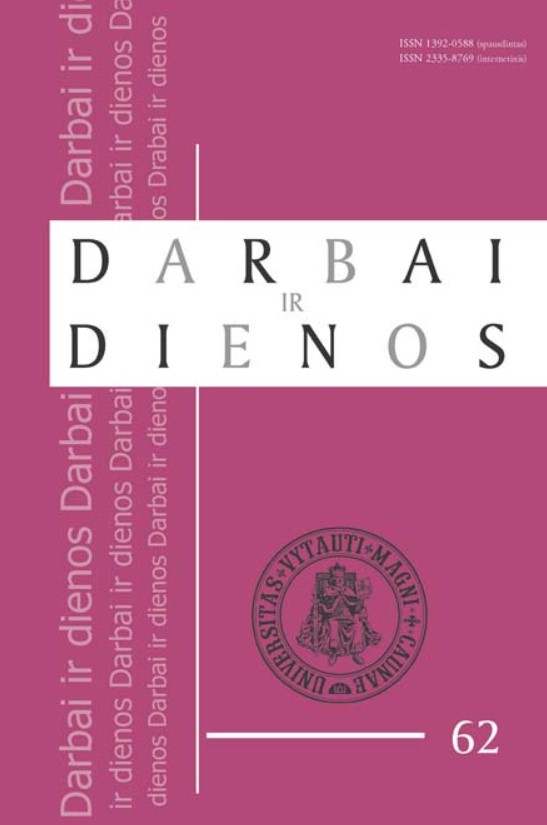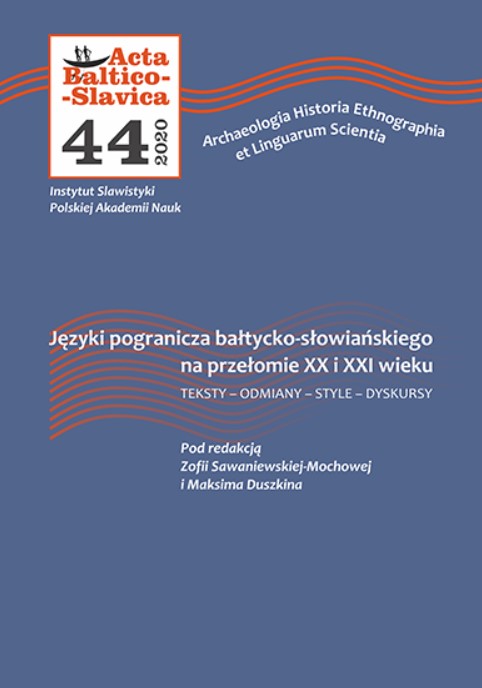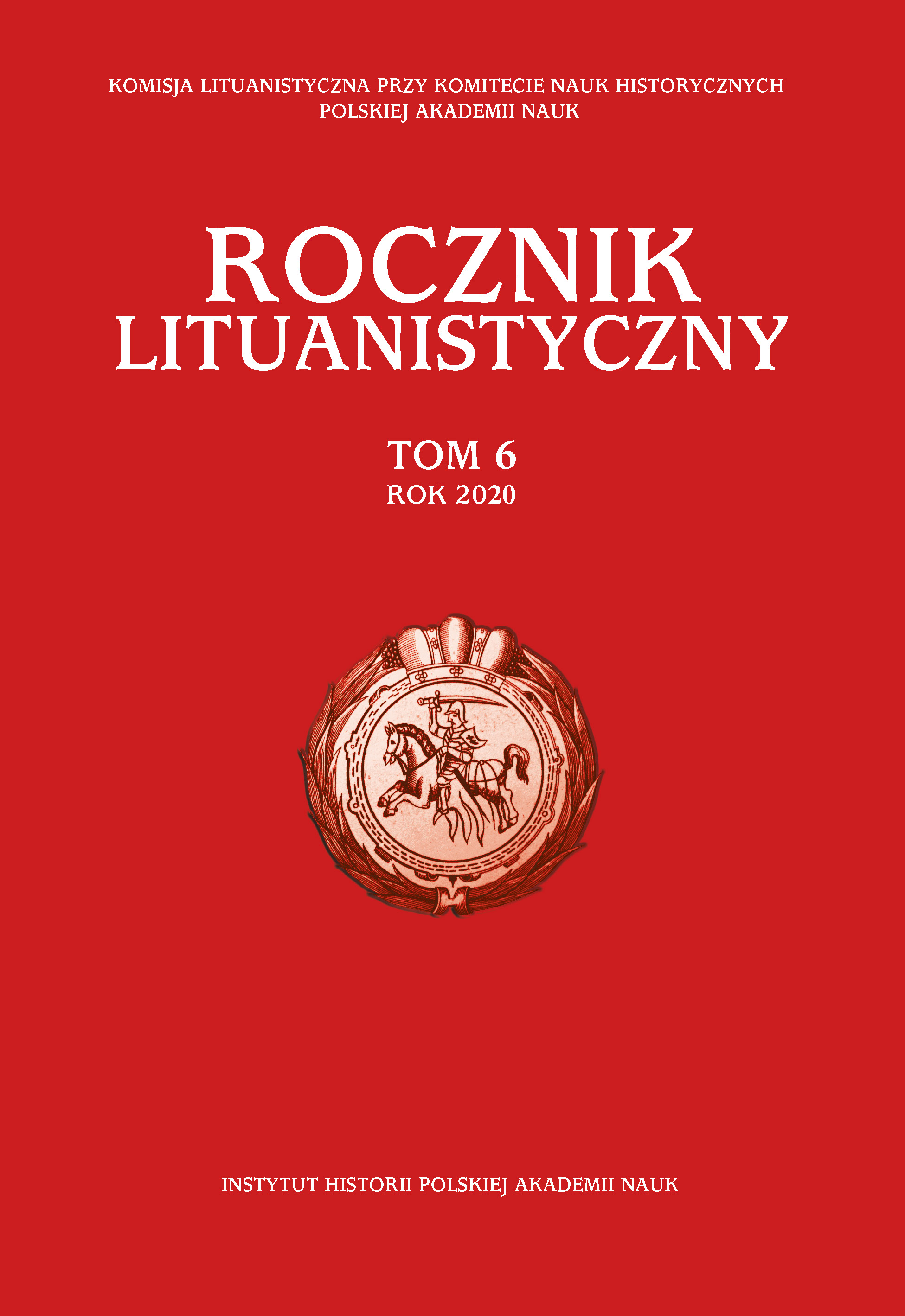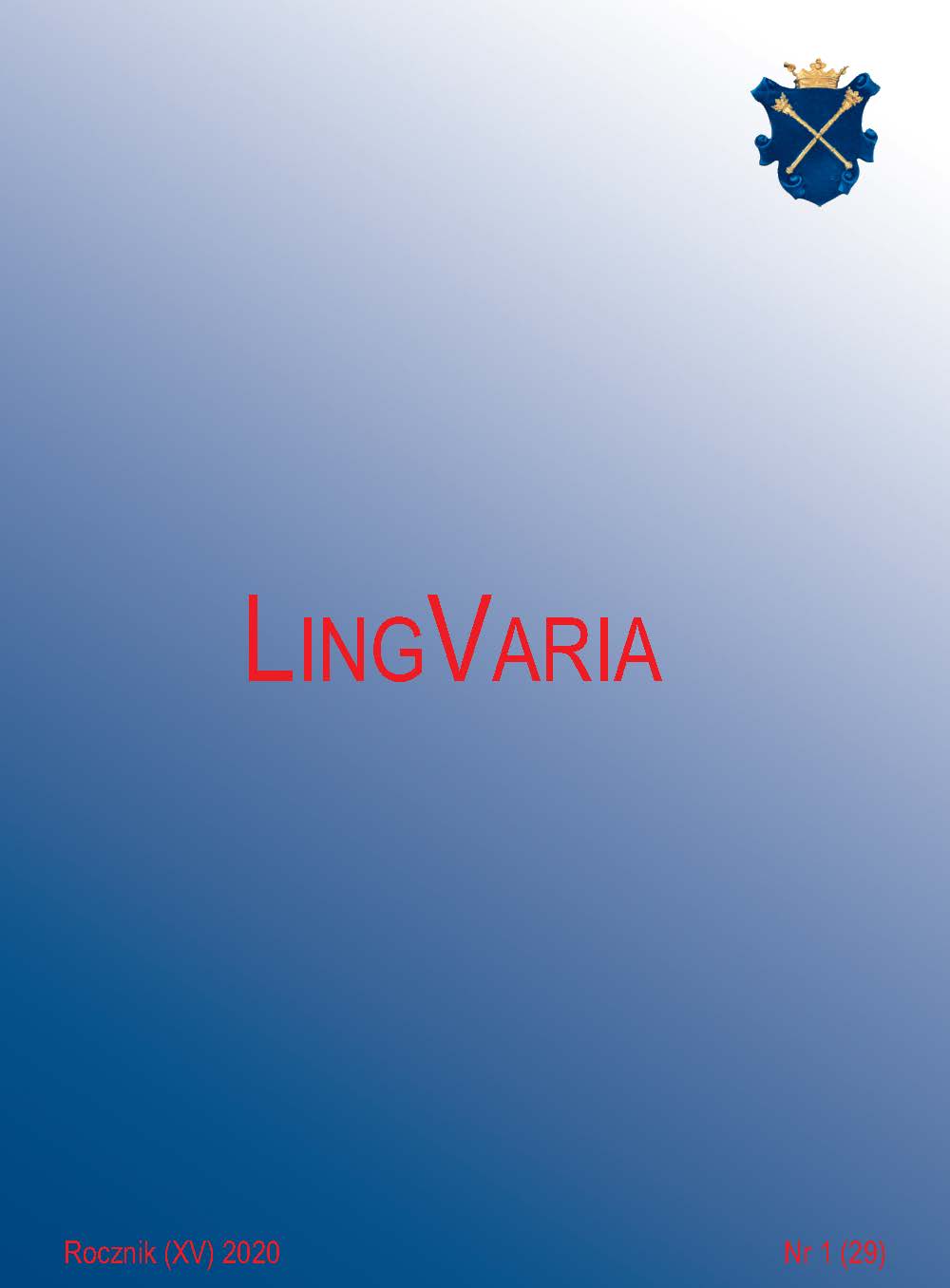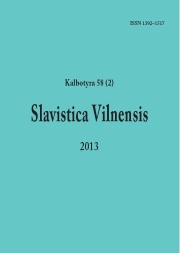
O текстологии рукописных китабов литовских татар: легенда Мирадж
In the initial period of the Lithuanian Tatar Kitab study, there prevailed the opinion that these Slavic manuscripts of the Muslim content, written in Arabic script, contain texts which are being repeated from one manuscript to another. When the number of Kitabs was transliterated, scientists became convinced in the opposite: the significant part of texts was unique and was not found in other catalogues. Only several manuscript collections could be named as being identical in their composition (however, this topic demands an individual study). The textual study of Tatar manuscripts became attainable after the publication of the “A Catalogue of Lithuanian Tatar Manuscripts Written in Arabic Script,” where attention was focused on the description of the content of these written monuments (rather than graphic-orthographic features). It had rarely been done before in specific works on kitabistics. The classical method of textual criticism, which assumes to identify various lists of the same piece and then to compare their content and linguistic expression, to the texts of the Tatar Kitab for the first time was used in this topic. The Miraj legend was chosen as the matter. This legend used to be very popular among Lithuanian Tatars. The legend was attainable for us in eight catalogs. The report consistently presents the origin of manuscripts, the textual environment of the legend in different manuscripts, the structure of the legend, and analysis of the text. In this phase of the study, we are going to focus only on the Slavic part of the legend (i.e. the interlinear translation). In the future, we plan to analyze the old Ottoman part.
More...
